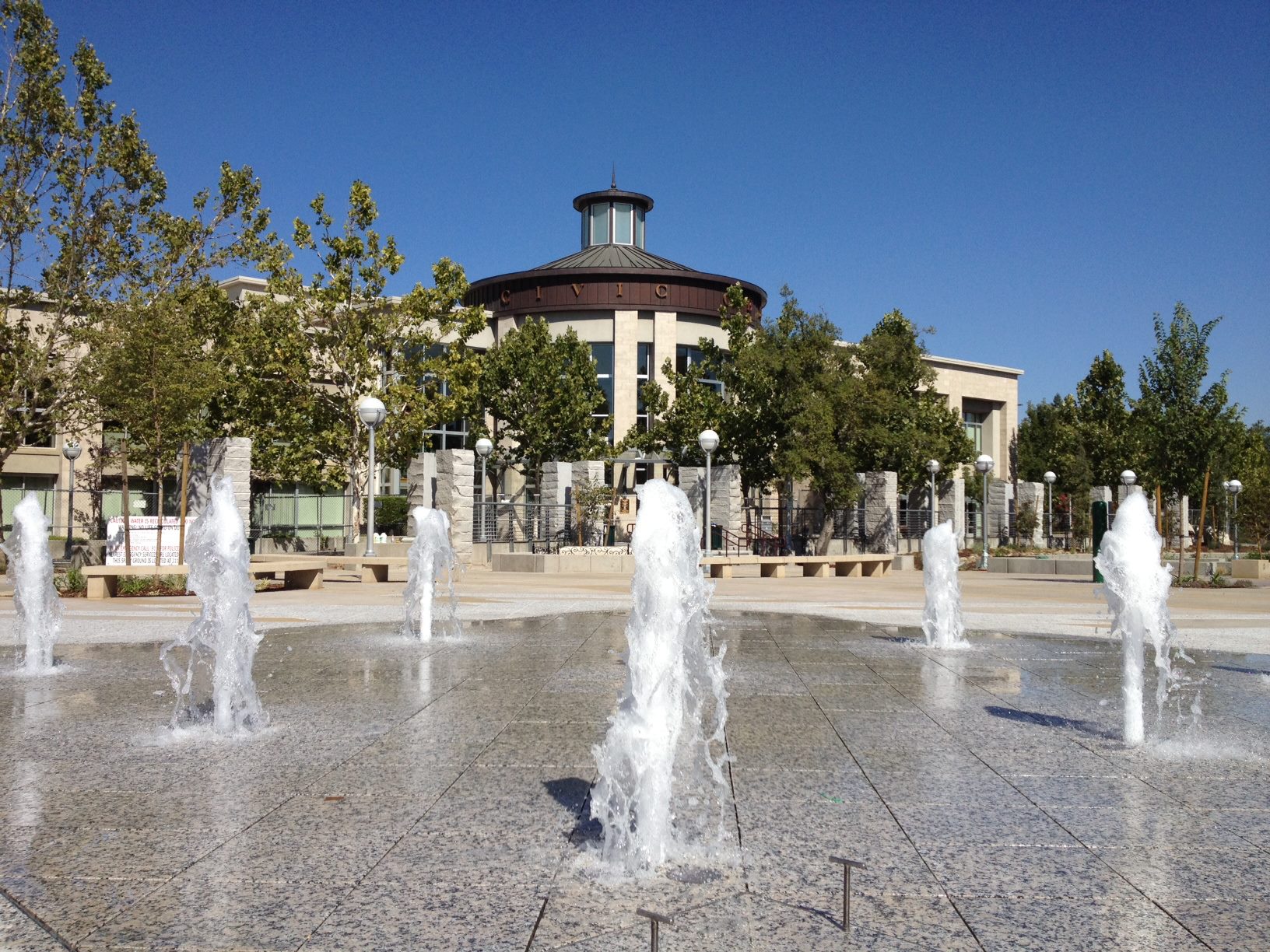Downtown Roseville holds an illustrious presence within Placer County, boasting many iconic landmarks, each with its unique history. The West House building, built in 1907 by F.B. Rossi and purchased by Avano Frediani in 1946, is one of the oldest establishments Downtown tucked away on the corner of Washington and Atlantic. Notable for its various expansions and redevelopments, the famous spot has been providing local services to newcomers to Roseville since the early expansion of the railroad system.
Downtown Roseville has a proud history that dates back over 100 years. Many of the beautiful buildings that were built in the 1920s are still standing today, a testament to their strong construction and durability. These landmarks provide Downtown Roseville with its unique character and contribute to its historic charm. Learn more about these stunning structures below!
History of The West House
The West House building, built in 1907 by F.B. Rossi for George West, is renowned as the oldest bar in Placer County and Downtown’s longest-running business. Located on the corner of Washington and Atlantic, this two-story building was originally used as a restaurant/bar on the ground floor and a boardinghouse with rooms on the upper floor. The West House provided much-needed support to many newcomers to Roseville during the railroad expansion, further showing its significance to the town’s history.
In 1918, the building was rented by Avano Frediani and eventually purchased in 1946. The building was remodeled twice, in 1947 and 1996, but the interior has remained mostly true to its origins. After over 100 years of Frediani ownership, West House Tavern remains a popular spot for visitors of Downtown Roseville.

Restoration of the Roseville Eagles Building
The Roseville Eagles building, constructed in 1912 and purchased by the Roseville Eagles in 1921, has been a proud part of the city’s history. In 2005, it had seen considerable wear and tear, but, with a $10,000 grant from the City and an additional $35,000 of their funding, the façade was completely renovated. The interior was also given a facelift between 2009-2012, with work done to the Club Room, kitchen, bathrooms, and main hall. This restoration has ensured that the Roseville Eagles’ iconic building will remain standing as a reminder of the club’s commitment and dedication for many years to come.
Additionally, the building was occupied by Denny’s Cafe (not to be confused with Denny’s chain of restaurants) for an extended period (since the 1970s according to one source) until the restaurant closed its doors sometime between 2015 and 2016. This only adds to the illustrious history of the Roseville Eagles’ building.
Rich Cultural Heritage
The Roseville Theatre Arts Academy, located at 235 and 241 Vernon Street, boasts an impressive history. Constructed in 1926, it has served as a masonic lodge and a theatre venue for the past 95 years. In January 2011, the theatre opened its doors to the public after the former theatre closed. Tower Theatre, located at 417 Vernon Street, is another of Roseville’s most recognizable structures. Completed in 1940, this theatre underwent upgrades in 1955. It was a movie theater until the 1970s and has since been used as an events venue. Additionally, the adjacent Tower Barber has been operated by the same owner for over 50 years! These two structures are monuments to Roseville’s rich cultural heritage.
Royer Park
Royer Park has been a cornerstone of Roseville ever since it opened in 1917. It has been enjoyed by locals and visitors alike for recreational activities, as well as hosting special events. The building on 201-209 Vernon Street was constructed between 1922 and 1923 and housed the largest business in the area until 2019 when First Bank closed its branch. Wild Bill Tattoo is a testament to the area’s longevity, having been located on 115 Lincoln Street for over 40 years. Not to be outdone, the Strum Shop has become a destination for music lovers since May 2012, offering instruments and music lessons.
History of the Ice House Bridge and Veterans Memorial Hall
The Ice House Bridge, located at 110 Park Drive, is a lasting reminder of Roseville’s history. Built in 1925, it was originally used by workers of the Pacific Fruit Express Ice Plant, the world’s largest artificial ice manufacturer at the time. After being relocated in 1986 and again in 2018 as part of the Downtown Bridges & Trails project, this bridge continues to stand proudly in Royer Park. Adjacent to the bridge is the Veterans Memorial Hall, which was completed in 1930 and is a tribute to Roseville’s war veterans. The Ice House Bridge and the Veterans Memorial Hall are both remarkable reminders of the city’s dynamic history.
History of Roseville City Hall Building
The proud Roseville City Hall building, which served the city from 1911-1987, was successfully replaced in 2015 with a modern building that now houses Sierra College, Roseville Venture Lab, and Goose Port Public House. The Roseville Historical Society is to be commended for their efforts in pulling together many of the facts concerning this building’s history, along with the contributions from the City of Roseville, State of California Department of Parks & Rec Primary Records, Roseville Press-Tribune Archives, and the merchants’ respective websites.
The West House building’s longevity and historical significance to Downtown Roseville have solidified its place as an essential part of the city’s character. First built in 1907, it provided much-needed support during the railroad expansion and has since been called home by generations of residents, hosting travelers as well as locals alike. Today, the West House Tavern is still a popular spot for visitors and remains true to its origins after several remodels over a century of Frediani ownership. The West House is unmistakably a symbol of both the town’s past and a beloved stop for those seeking out Roseville’s unique offerings.






